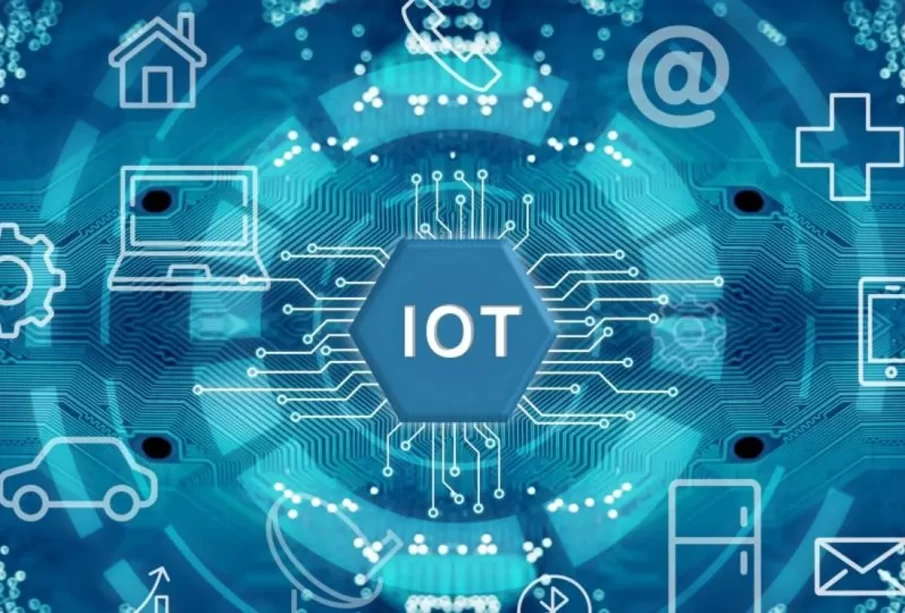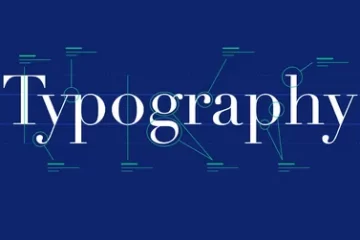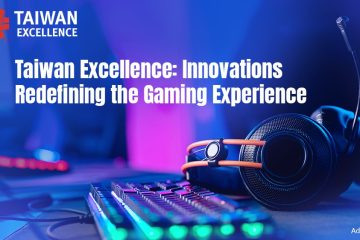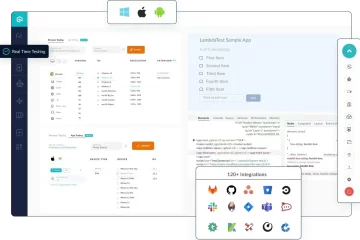Everything you need to know about the modern IoT application

For several years now, the excitement around IoT devices has not decreased. These devices can be almost anything, from an alarm clock showing the weather to a refrigerator telling you prices at nearby grocery stores. Whatever the implementation, these devices use APIs to communicate with data sources. Yet, how exactly are messages, data, and devices connected? What is the Internet of Things and where is it used? What iot app development services to use to create your own IoT system?
Table of Contents
What does the Internet of Things really mean?
As clearly as possible, the Internet of Things (IoT) boasts various stunners at once. These are the devices that can join the network and team up with each other. This is also a connection method – M2M. It is a kind of machine-to-machine, without human intrusion. They are the big data that devices are nowadays producing. It is a kind of data that can be collected, diagnosed, and afterward, be useful for enhancing comfort or achieving business goals.
The Internet of Things workflow is based on ABCDE:
- A – analytics
It is a crucial element in the IoT’s performance. It merges the devices themselves and gets data from them to balance business processes.
- B – Big Data
It is Information from devices that are stored in the cloud. They are helpful for mechanizing current processes. As well, with them, you can create new ones.
- C – Connection
These are the channels for information receiving and broadcasting.
- D – Devices
These are devices connected to the system. According to every purpose, they should offer the relevant message rate for correct operation.
- E – Experience
It is so-called work with the already achieved experience in figuring out difficulties that clients may face by using IoT. This stage also includes analytics and reexamining.
Automation is possible due to special sensors. However, to run the scripts, the sensors have to be moderated and linked to each other. For this, a smart house has a control hub. The sensors relay the data to the hub, which analyzes the situation and sends out commands to the instruments. Right after that, the hub sends the information to the owner and sends the notifications. For instance, if you have an electrical device on fire at home: a fire sensor will react to smoke or high temperature, and the hub will turn on the fire extinguishing system, call an emergency service and send you a notification.
The Internet of Things opens up many opportunities. Yet, the main thing is to figure out how to put the idea into practice and develop an application. To accomplish this, you can rely on Weelorum. This company provides IoT app development services and more.
How is IoT useful?
Who uses IoT and in what industries?
The popularity of the Internet of things is determined in a variety of fields:
- industry;
- construction;
- agriculture;
- logistics;
- service sector;
- ecology;
- safety;
- smart houses and smart cities;
- health care;
- finance;
- retail trade.
As well, the good reputation of the Internet of things can be explained by the great number of its win-win pluses.
For instance, IoT applications allow anyone:
- to enhance varied processes, like supply, customer service, rationalization of human resources, and financial processes;
- to increase the efficiency of work;
- to better understand customers, creating better conditions for service;
- to speed up the decision-making process;
- to increase business value;
- to create new business models;
- to find new ways of generating income;
- to save time, and costs;
- to reduce waste resources, like money, time, and others;
- to monitor important indicators, equipment status, and more.
IoT is a simple and smooth connection of the physical world of business with the world of digital technologies. How? Just click on the button on your favorite gadget, and the “smart” house will make everything you want. Furthermore, you even can not press it because the house is so smart, that it will bring everything in order, and you will get a notification of the result. A computer-aided surveillance system will identify anyone who passes your apartment and compare the images to the police database.
For example, first, devices collеct data about the temperature in the apartment or the user’s health, then this data is sent to the cloud. Their software handles them.
IoT Implementation Challenges
Lots of experts say that the problems in implementing the Internet of Things are the next:
- technological problems are related to the fact that the existing systems of maintenance, repair, supply, and resource planning in enterprises do not provide for the introduction of new data collection tools;
- personnel problems are associated with personnel when technical specialists cannot adjust from the manual collection of information.
What is interesting, forecasting is the latest stage in the evolution of the Industrial Internet of Things. It suggests not only the collection of data from pieces of equipment but also a local system with a distributed network. This system allows information from different sources to enter one storage, where it will be processed and sent to a specialist who is responsible for the gadget’s work.
What will be next?
According to IDC forecasts, by 2025 there will be 55.7 billion connected devices in the world. Cybercriminals won’t refuse to attack them because the IoT system is a quite fast way for spreading malware. Consumers, companies, and entire cities will increasingly use smart technologies to save time and money. For example, refrigerators will be able to warn about imminent spoilage of products, and traffic lights with built-in video sensors will regulate traffic depending on traffic.
However, nowadays, the key problem of IoT implementation is the lack of uniform standards. Another nuance is that “things” in the Internet of Things must be autonomous, that is, they must be able to receive energy from the environment, without human intervention.
Wrapping it up
The Internet of Things technology offers stunning possibilities for business growth. It perfectly fits manufacturing and retail niches, healthcare and beauty services, and far more. If you are interested in developing a unique IoT application, find trusted experienced contractors to help you. As for Weelorum specialists, be sure that they will have your back. Thank you for having read our article!








